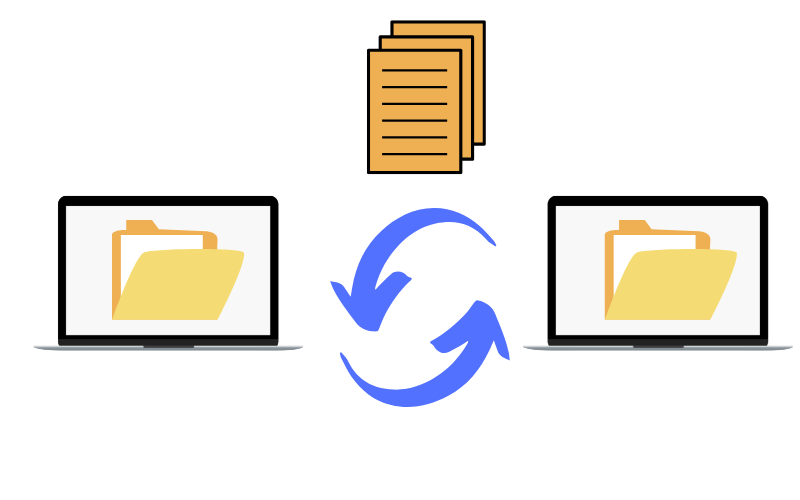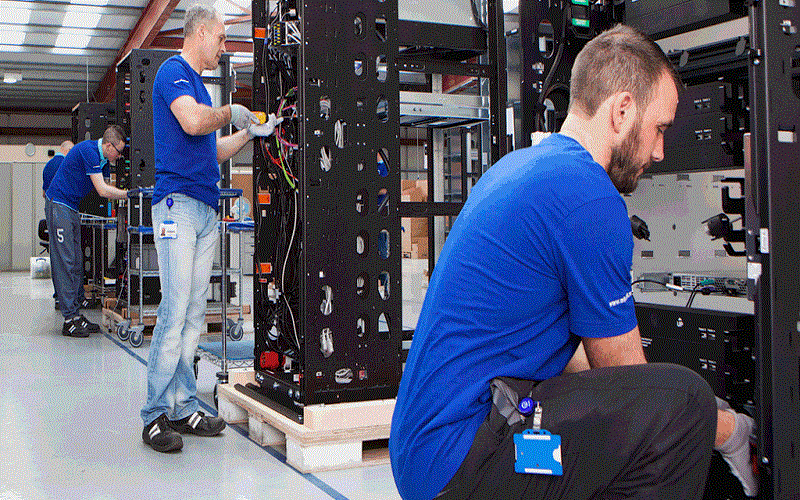When a business decides to decommission its data center, it’s an important decision that should not be taken lightly. Before starting the process, there are many things to consider, such as the cost and how long it will take.
Here we’ll look at the steps involved in decommissioning a data center.
What is Data Center Decommissioning, and Why is It Necessary?
As the name suggests, data center decommissioning is the process of shutting down and dismantling a data center. There are several reasons why this may be necessary, including changes in business needs, technology obsolescence, or lease expiration.
Regardless, decommissioning a data center can be a complex and challenging process. Depending on the size and scale of the data center, it may take months or even years to complete.
Data center decommissioning can be time-consuming and expensive, but it is often necessary to ensure that businesses can continue to operate smoothly.
The Steps Involved in the Process
There are several steps involved in decommissioning a data center.
Develop a Comprehensive Plan
The first step in decommissioning a data center is to develop a comprehensive plan. This plan should consider all of the necessary details, such as asset disposition, data migration, and disposal of hazardous materials.

Asset Disposition
One of the most critical aspects of decommissioning a data center is disposing of assets safely and securely. This includes all the hardware, software, and other materials within the data center.
There are several ways to dispose of assets safely and securely.
- Donate the Assets to Charity or Another Organization: One option for disposing of assets safely and securely is to donate them to charity or another organization. This can be a great way to get rid of unwanted assets while helping out a worthy cause. When donating assets, it’s essential to make sure that the charity or organization is reputable and has a use for the donated items.
- Sell the Assets: Another option for disposing of assets safely and securely is to sell them. This can be done through an online auction or by working with a broker. When selling assets, it’s essential to set a reasonable price and to provide accurate descriptions of the items.
- Recycle or Dispose of Under Local Regulations: Finally, another option for disposing of assets safely and securely is to recycle them or dispose of them following local regulations. This is often the best option for disposing of hazardous materials, such as batteries or electronic waste.
Data Migration
Another critical element of decommissioning a data center is migrating all stored data. This data must be transferred to another location, such as another data center or the cloud.

There are several things to consider when migrating data, such as the type of data being migrated, the amount of data being migrated, and the timeframe for the migration.
- Type of Data: The type of data being migrated will dictate the best method for migrating it. For example, critical data may be migrated using a high-speed connection, such as fiber optic cable.
- Amount of Data: The amount of data being migrated will also dictate the best method for migrating it. For example, a large amount of data may need to be migrated using a storage device, such as a hard drive or an SSD.
- Timeframe of the Migration: Finally, the timeframe for the migration will dictate the best method for migrating it. For example, if the data center is being decommissioned in a short period, the data may need to be migrated using a high-speed connection, such as fiber optic cable.
And here are some common steps for data migration:
- Identify all the data that needs to be migrated. This includes all files, databases, and applications.
- Create a backup of all the data. This is important in case something goes wrong during the migration.
- Transfer the data to the new location. This can be done using a high-speed connection, a storage device, or a cloud-based solution.
- Verify that all of the data has been transferred successfully. This can be done by comparing the data at the new location with the data at the old location.
- Delete the data from the old location. This helps ensure that the data is not accidentally accessed or used.
Disposal of Hazardous Materials
Some materials within a data center, such as batteries and UPS systems, may be considered hazardous. These materials must be disposed of in a safe and compliant manner. The plan should also be designed to minimize disruptions to business operations.
There are several ways to dispose of hazardous materials safely and securely. Here are some tips:
- Identify all the hazardous materials that need to be disposed of. This includes all batteries, UPS systems, and electronic waste.
- Create a plan for disposing of hazardous materials. This plan should be designed to minimize disruptions to business operations.
- Follow the plan for disposing of hazardous materials. This includes sending the materials to a certified recycling center or a certified disposal company.
- Get a receipt for the disposal of the hazardous materials. This receipt can be used for tax purposes.
However, you can always rely on an experienced data center decommissioning company that will surely take into account all the essential steps in this delicate process.
Begin Physically Dismantling the Data Center
Once all the data has been migrated, and the hazardous materials have been disposed of, it’s time to begin physically dismantling the data center. This process can be complex, and there are many things to consider before starting it.

Here are some tips for physically dismantling a data center:
- Identify all the equipment that needs to be removed. This includes all servers, storage devices, and networking equipment.
- Label all the equipment that needs to be removed. This helps ensure that the equipment is removed in the correct order.
- Remove the equipment from the data center. This can be done by unplugging and removing the equipment from the racks.
- Disconnect all the cables that are connected to the equipment. This includes power cables, data cables, and network cables.
- Remove all the software that is installed on the equipment. This includes the operating system and all applications.
And here are some tips for physically dismantling a data center:
- Hire a certified recycling company to remove all equipment and wiring from the data center.
- Follow all local regulations for disposing of hazardous materials.
- Get a receipt for the disposal of all materials. This receipt can be used for tax purposes.
The process can be complex and time-consuming, so it’s essential to have a detailed plan in place before starting.
Clean Up the Site
Once all the equipment and wiring have been removed and all of the buildings or other structures have been demolished, the next step is to perform a site cleanup. This includes removing any remaining debris from the site.
A certified cleanup company should perform the site cleanup. This company will remove all remaining debris from the site and dispose of it safely and promptly.
Provide Documentation
Once the data center has been decommissioned, it is essential to provide documentation of the process. This documentation can be used for auditing and compliance purposes. The documentation should include a list of all the disposed of materials, as well as receipts for the disposal of those materials.
And here are some tips for providing documentation:
- Keep a list of all the disposed materials during the decommissioning process.
- Get receipts for the disposal of all materials. These receipts can be used for auditing and compliance purposes.
- Scan or photograph all documentation and store it in a safe place.
Perform a final site walk-through to ensure it is safe and clean. And that’s it! You’ve now completed the data center decommissioning process.
Conclusion
Decommissioning a data center can be complex, but it is essential to follow all the steps to ensure the site is safe and clean. Following these tips, you can decommission your data center promptly and efficiently.
